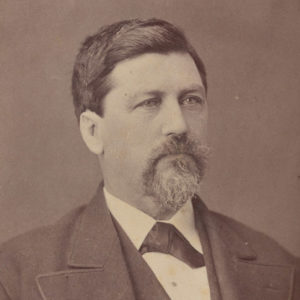Entry Category: Civil War - Starting with W
Waldron to Baker’s Springs, Scout from
Waldron to Mount Ida, Caddo Gap and Dallas, Scout from
Waldron, Attacks on
Wallace’s Ferry, Action at
aka: Action at Big Creek
Washington and Benton County Expedition
Waugh’s Farm, Skirmish at
 West Point Memorial
West Point Memorial
West Point, Engagement at
aka: Little Red River Raid
White Oak Creek, Skirmish at (April 14, 1864)
White Oak Creek, Skirmish at (September 29, 1864)
White River and Attack on the Steamer Clara Bell, Operations on the
White River Expedition (August 5–8, 1862)
White River Expedition (December 13–15, 1864)
White River Expedition (February 20–26, 1864)
White River Expedition (February 4–8, 1864)
White River Expedition (January 13–19, 1863)
White River Station, Skirmish at
White River, Skirmish at (March 22, 1863)
White Springs, Skirmish at
Whiteley’s Mills, Skirmish at
Whitmore’s Mill, Skirmish at
aka: Skirmish at Whitten's Mill
Whitney’s Lane, Action at
aka: Skirmish at Searcy Landing
Wild Haws Expedition
aka: Strawberry Creek Expedition
 Samuel N. Wood
Samuel N. Wood




